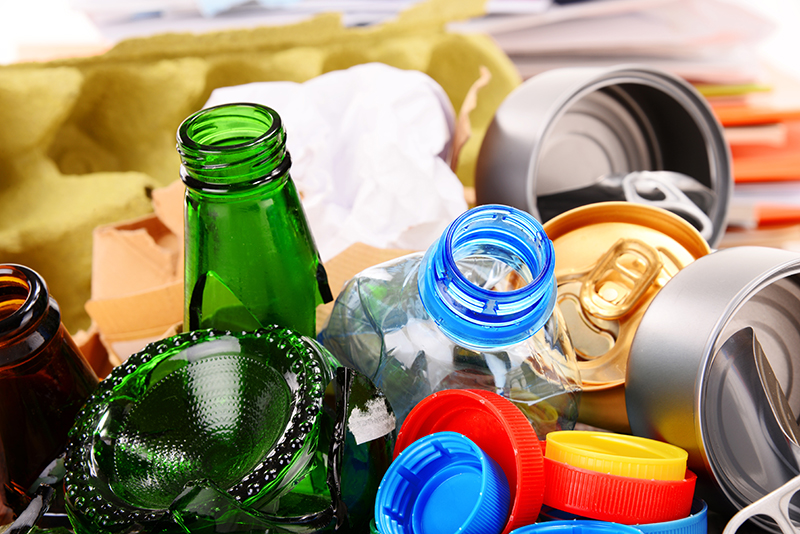Food waste has been in the headlines for a long time and in this season of supply chain challenges, making the most of such a precious resource is even more in focus than normal. Here, Selig marketing director Darren Dodd discusses how something as small as an induction heat seal can have a big impact on helping to reduce food waste.
WHILE it is universally agreed that the spilling of milk — or any beverage or foodstuff – should not provoke tears, it does create significant headaches for both retailers and consumers.
Firstly, for retailers, the costs of cleaning-up such spillages are by no means trivial. It is a time-consuming process. According to one grocery store manager, it can take one person eight hours to clean a display properly should a bottle of milk leak while sitting on its shelf. If the average hourly wage of a member of shop-floor staff is multiplied by the time spent, across many hundreds of stores, a large retailer could be spending millions each year on the cleaning of spillages alone.
In these times, the consumer voice is loud and on finding groceries caked in a spilled substance the complaints will not only be aimed at the retailer, but indirectly on social media. This can have a significant impact on a retailer’s bottom line, owing both to the refunds that must be given and to the damage to its brand image. Also, consumers – particularly those in younger demographics – are becoming increasingly socially aware. In a world where large parts of the population go hungry each day, waste caused by the poor packaging of beverages and foodstuffs in affluent parts of the world could be perceived as immoral.
So then, in order to minimise expensive waste, beverages and foodstuffs need to be packaged in a way that ensures their integrity on the journey from the warehouse to the retailer, while they sit on the shelf, as they are transported from the shop to the consumer’s home and, finally, while they are stored in the consumer’s cupboards, fridge or freezer. Indeed, in the Waste and Resources Action Programme (WRAP)’s latest household waste report, its director Peter Maddox says that “the way food and drink is packaged, labelled and priced can influence household food waste, and retailers and brands are uniquely placed to help minimise food waste in the home”.
A small but important part in the packaging puzzle
Induction heat-sealing can play a key role in reducing food waste. Flexible and easy-to-open by the consumer, but otherwise extremely robust, seals formed using this process ensure the integrity of packaging and can extend the shelf life of a multitude of products. Not only has the process been employed successfully in the packaging of milk and other liquids, it is also suitable for the sealing of oily and fatty foodstuffs.
Take peanut butter. An ever-popular staple, peanut butter is notoriously difficult to package effectively. This is because its high oil content can degrade seals quickly, particularly when it is stored in glass jars. This was the problem faced by one food producer in the UK; the company’s existing solution for its peanut butter glass jar was failing to provide a 100% hermetic seal and subsequent leakage and customer dissatisfaction were becoming an issue.
Before this became a significant problem for the producer’s large retail customer, a solution needed to be found. The retailer wanted to continue to receive the product in glass, as this suited the premium nature of the product, but the food producer needed to find a sealing system that would be fully leak-proof, yet still maintain shelf-life and provide evidence of tampering.
To resolve the issue the food producer worked with Selig, which recommended its DELTASEAL liner and its proprietary GlassFuze heat-sealing technology. The DELTASEAL liner incorporates a polymer laminate between the foil and the board of the seal, so that when opened the foil remains on the container, providing evidence of tampering. The foil seal is also smooth, glossy and free of wax residue, improving the product’s appearance when in use. Thanks to Selig’s GlassFuze heat sealing technology, the liner is also 100% hermetically sealed to the glass container, despite the high oil content of the peanut butter.
Importantly, after sealing with this method, the induction heat seal holds the contents throughout the product’s life, ensuring the peanut butter reaches the consumer without any risk of leakage or tampering. Induction sealing is a small yet important part of the packaging puzzle that is helping to improve the shelf-life of products, maintain their integrity and reduce food waste – one jar of peanut butter at a time!













